Good mix for all Houseplants?
Joey G
5 years ago
Featured Answer
Sort by:Oldest
Comments (44)
User
5 years agolast modified: 5 years agoJoey G
5 years agoRelated Discussions
bugs only on 3 houseplants with miracle grow mix
Comments (1)Not certain what your seeing, but it could be the soil pest are "Springtails" from your description. Slightly feeling soapy water will kill them quick. Or, flushing the soil so most, if not all of them go up and over the sides, then just replace any lost soil Keep the soil dryer since these critters live and thrive in "moist" soil, they won't hurt the plant. If you suspect your bag of soil has these critters, you can sterlize the soil in your oven. Look up, "How to sterilize potting soil" Billy Rae...See MoreMixing Houseplants in same container
Comments (7)Countryfunk, how big a pot are you considering? I see two problems pottiing the three plants together. For one, Aloe is a succulent..They need more light than Philos..Aloe soil needs to dry considerably between waterings. And as Al states, one plant may grow much faster than the other two. The second problem is: As Spider Plants grow, their roots seem to grow doubly-fast. Thick, tuber-like. It boils down to, after potting a pretty container, you may find repotting necessary. If you have a large container, perhaps you can pot each plant indivually, then place in the large pot.. Even then, find something in place of the Aloe. Toni...See MoreTwo adopted houseplant in not-so-good-shape
Comments (6)About the Brassai (umbrella tree) I would stake it and see if it straightened sufficiently before going to the extreme. The Peace Lily (spathiphyllum) I must ask if you simply removed the plant from the its former pot and shook the soil...was that sufficient to bare the roots. The smell, I think, should have told you something was amiss...possibly some rotting was going on and baring the roots might have shown that. Often plants are given too large a pot thinking the owner then doesn't have to water so much....the extra soil will hang on to moisture and feed the plant longer. And that gets the plant into trouble.....the roots are forced to go further out, drawing in more moisture and food that it cant use. Indeed, the roots are surrounded by more water and unless the drainage is extra good, such water can sit at the roots and begin the process of rotting. When that happens, the roots stop taking up moisture---even when the water surrounds them. The first sign should be the lower leaves dry out...they're the ones that first feel the loss. If the roots show any sign of blackening, maybe a smell comes from them, some roots can be removed---better to stop the carnage before going too far. A few drops of a fungicide such as "Damp Off" will fight any bacteria that may be present. Washing the roots off with a stream of water is called for. The fresh potting soil or a potting mix (soiless) then will help correct any health problem. Having something between the drainage holes and the soil will prevent any gathering of soil there which, if the holes are ever blocked, it can lead to overwatering. Speaking for my own attempts at bringing a spath to flower -- I own two of them...presents from a neighbor, and for at least 8 years now, I have not been able to bring this to flower. The neighbour is very kind, very understanding and cant explain why hers is always with flower....and we sulk. The plants are in excellent health---they just wont create a bud. So you'll pardon me for attempting to help yours in its soil needs, but that's as far as I should go....See MoreOrchid bark for succulents and all houseplants?
Comments (17)Hi Lauren, good to know that it can be a finicky plant. I just got my little watermelon pep a little over a week ago (it's tiny!), so crossing fingers that I'm doing the right thing for it. I see little shoots coming up already, but we'll see how it handles the repotting stress I put on it. I put it in 1/2 c/s mix + 1/2 perlite so it drains well. I want to buy the gritty mix from Bonsai Jack, but I want to see how it does in the soil I just repotted it in first. If it seems to be suffering, I'll break down and buy the gritty mix!...See MoreUser
5 years agoJoey G
5 years agogardengal48 (PNW Z8/9)
5 years agoUser
5 years agoJoey G
5 years agogardengal48 (PNW Z8/9)
5 years agotapla (mid-Michigan, USDA z5b-6a)
5 years agolast modified: 5 years agoJoey G
5 years agotapla (mid-Michigan, USDA z5b-6a)
5 years agolast modified: 5 years agoJoey G
5 years agotapla (mid-Michigan, USDA z5b-6a)
5 years agoJoey G
5 years agoJoey G
5 years agotapla (mid-Michigan, USDA z5b-6a)
5 years agoJoey G
5 years agotapla (mid-Michigan, USDA z5b-6a)
5 years agoTreegeek Z6a (Boston)
5 years agotapla (mid-Michigan, USDA z5b-6a)
5 years agoJoey G
5 years agoJoey G
5 years agoJoey G
5 years agoKaren S. (7b, NYC)
5 years agolast modified: 5 years agoJoey G
5 years agoJoey G
5 years agoJoey G
5 years agoJoey G
5 years agoLantana zone 5b/6a
5 years agotapla (mid-Michigan, USDA z5b-6a)
5 years agoJoey G
5 years agomaryjozone5
5 years agoMary Jo Evers
5 years agoJoey G
5 years agoTreegeek Z6a (Boston)
5 years agoJoey G
5 years agoMary Jo Evers
5 years agoMary Jo Evers
5 years agoMary Jo Evers
5 years agoMary Jo Evers
5 years agoTreegeek Z6a (Boston)
5 years agotropicofcancer (6b SW-PA)
5 years agotropicofcancer (6b SW-PA)
5 years ago
Related Stories

REMODELING GUIDESOld and New Make for a Jolly Good Mix in England
Give an 18th-century country cottage a contemporary addition, and what do you get? A surprisingly cohesive-looking home
Full Story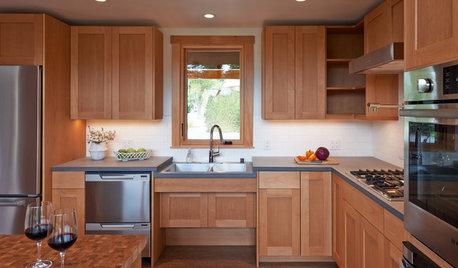
UNIVERSAL DESIGNKitchen of the Week: Good Looking and Accessible to All
Universal design features and sustainable products create a beautiful, user-friendly kitchen that works for a homeowner on wheels
Full Story
KITCHEN DESIGNWhat to Know When Choosing a Range Hood
Find out the types of kitchen range hoods available and the options for customized units
Full Story
DECORATING GUIDESFloral Decor: It’s All in the Mix
Find out how to use color, pattern and scale to make your room design come together
Full Story
MOST POPULARThe Perfect Houseplant for People Who Kill Houseplants
If you can fill a jar with water, you can keep golden pothos vine happy — and it will pay you back with cleaner air and a greener home
Full Story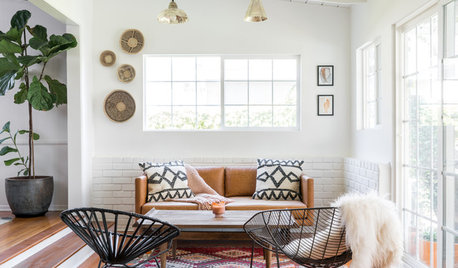
HOUZZ TOURSHouzz Tour: California Ranch Mixes Midcentury and Bohemian Styles
Modern furnishings blend with eclectic artwork and lush houseplants in this bright Los Angeles home
Full Story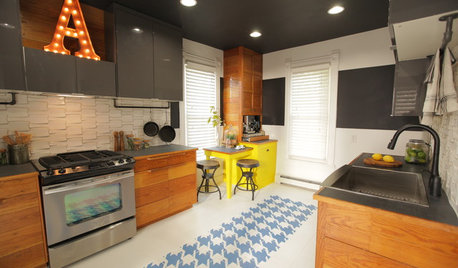
BEFORE AND AFTERSMixing Vintage and Modern in an Urban Family Kitchen
See an ad hoc kitchen become full of character, hipness and — above all — function
Full Story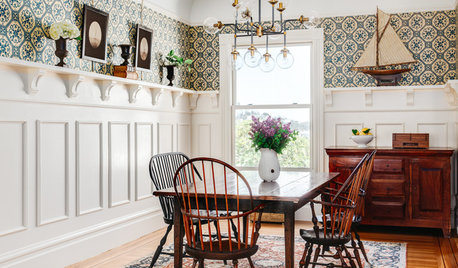
NEW THIS WEEKNew This Week: 4 Fresh Dining Rooms Mix Old and New
Good-looking wall treatments and layered furnishings are laid out beautifully in these rooms
Full Story
DECORATING GUIDESDecor With Chiseled Good Looks
Discover why people are becoming fascinated with all things faceted around the home
Full Story
LIVING ROOMSRoom of the Day: A Meticulous Mix of Styles
A New York designer’s Upper East Side living room hits all the right notes
Full Story





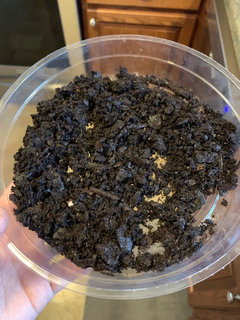



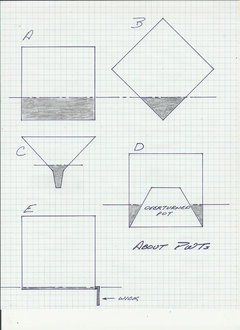


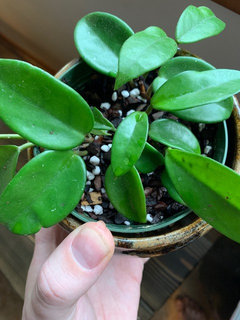
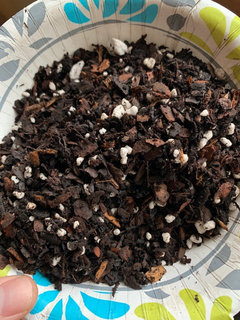
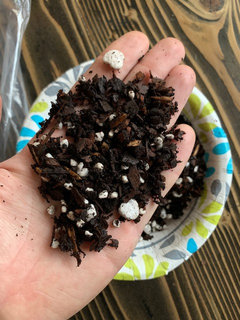
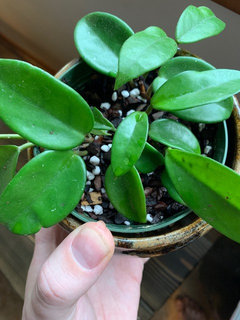
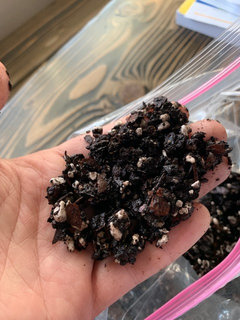



Lantana zone 5b/6a